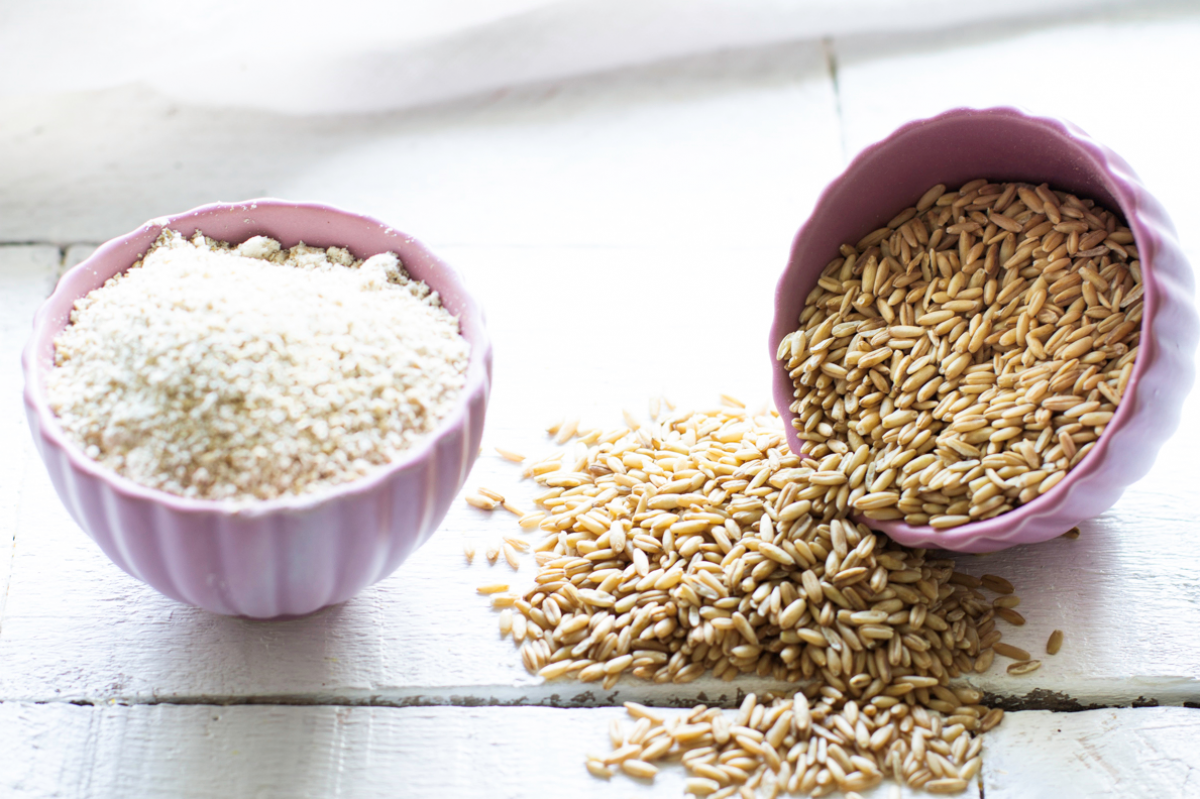17.05.2022
Oats: history and properties of the cereal

Low in fat and high in protein, oats represent a valuable cereal for the well-being of the whole body; versatile, rich in fiber and vitamins and with a high satiating power, it is ideal for breakfast, to get the day off to a good start.
What does oats contain? Properties
Avena sativa (Oat) is a cereal with a very high nutritional and energetic value; as its carbohydrates are slow-releasing, it avoids insulin peaks, making it a cereal with a low glycaemic index and therefore suitable for sports diets.
Unlike other cereals, oats retain their bran and germ even after processing, where most of the nutrients and cardioprotective substances are found, making them an excellent ally for lowering blood cholesterol levels.
As a naturally gluten-free cereal, oats can be recommended for the diet of coeliacs, provided it is of controlled origin, as it is often contaminated with other cereals during processing, so the manufacturer must certify its purity.
It is rich in minerals such as potassium, calcium, phosphorus and iron.
In addition to vitamins B, C and E, it contains avenin, which has beneficial effects on the functioning of the thyroid.
Its history
Oats belong to the family of grasses and its cultivation dates back to the times of the Greeks and Romans; its spread was however lower than that of other cereals such as wheat and barley: in fact it was considered a "mala erba" and it was mainly used for animal feed.
Due to the large amount of moisture required for the cultivation of the plant (second only to rice), over time oats spread mainly in the regions of Northern Europe, thus becoming the basis of nutrition for many Anglo-Saxon populations (hence, the typical oat porridge in English breakfasts).
It is currently the seventh most widely grown cereal in the world, with an annual production of around 26 million tons. Depending on how it is processed, oats can be made into many products, including flakes, grains, bran and flour.
How to cook oats grain
In order to be consumed, dehulled oats should be washed very well, left to soak overnight and cooked in a pressure cooker for 20/40 minutes. Whole oats, on the other hand, must be left to soak for at least 24 hours and require a longer cooking time (about 60 minutes).
Oat flakes are the seeds of the sativa oat which go through drying, pressing, shelling and finally, after being steamed, toasting. As well as being eaten in their natural state, as in muesli, they can be cooked for 5 minutes in a liquid such as milk or water, thus making the famous oatmeal porridge.
Flakes and grains can also be used in the preparation of easy and tasty recipes such as soups, meatballs or in salads.
Oat flakes can also be milled into flour for the preparation of delicious cakes and baked goods.
You can grind oat grains with Faribon, the electric cereal grinder that in a single step separates bran and flour and thus keeps intact the nutritional properties of the oat grain, allowing you to always have a fresh flour when needed.
News
15.05.2023
The benefits of bran
28.11.2022

.png)


